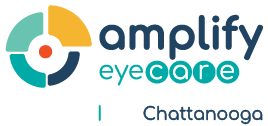Background: Glaucoma is a major cause of blindness worldwide and an increasingly significant global health problem. Glaucoma prevention and management efforts have been challenging due to inherent difficulty in developing a simple and cost-effective screening plan, limited access to health care and educational resources, poverty, and inadequate knowledge of the disease, particularly in developing countries. Starting in 2004 the Tilganga Eye Centre in Kathmandu, Nepal has provided targeted glaucoma screening, treatment, and education through a combination of clinical outreach programs and educational activities for patients.
Methods: A simple, age-based glaucoma screening algorithm was incorporated into three one-day cataract screening clinics. Using this algorithm, patients who were newly diagnosed with glaucoma were referred to TEC, where medication and surgery were provided free of charge through private donor funding. In addition, we describe two ongoing educational programs for increasing glaucoma awareness: an annual Glaucoma Awareness Week (which includes free screening, treatment, and counseling), and a repeating lecture series which generates new counselors.









